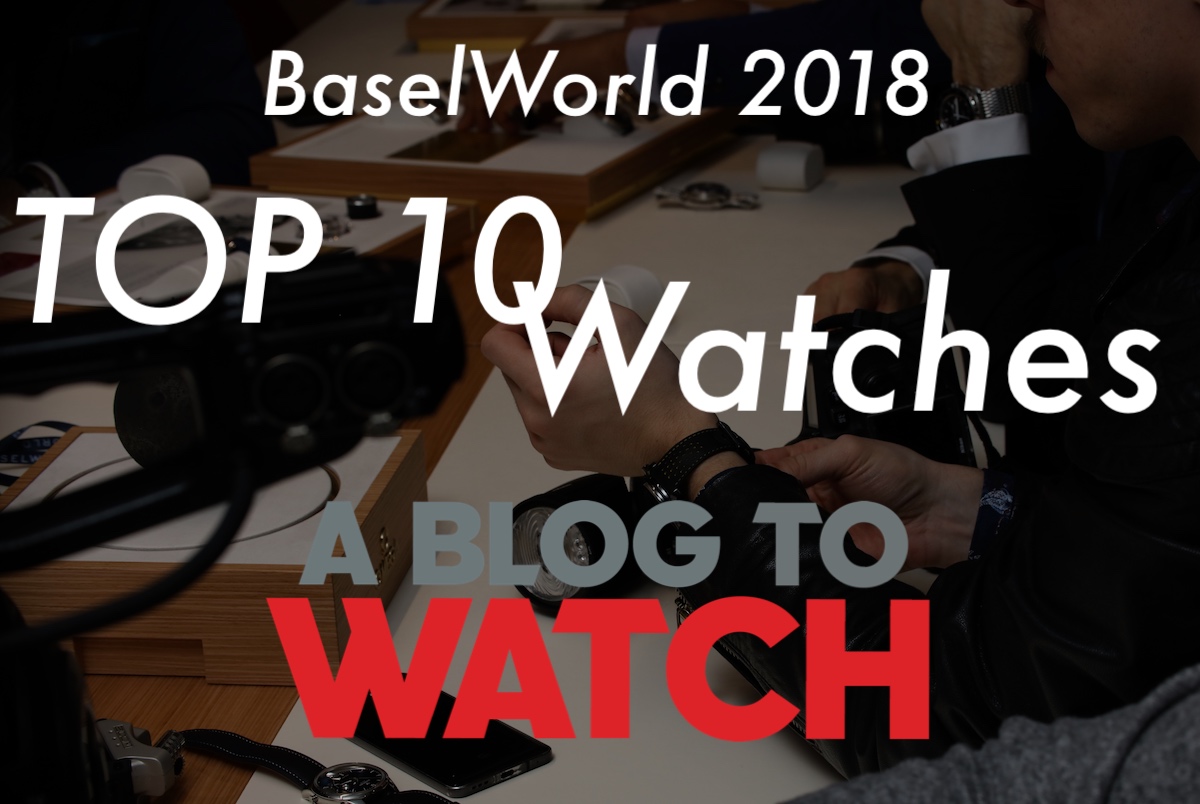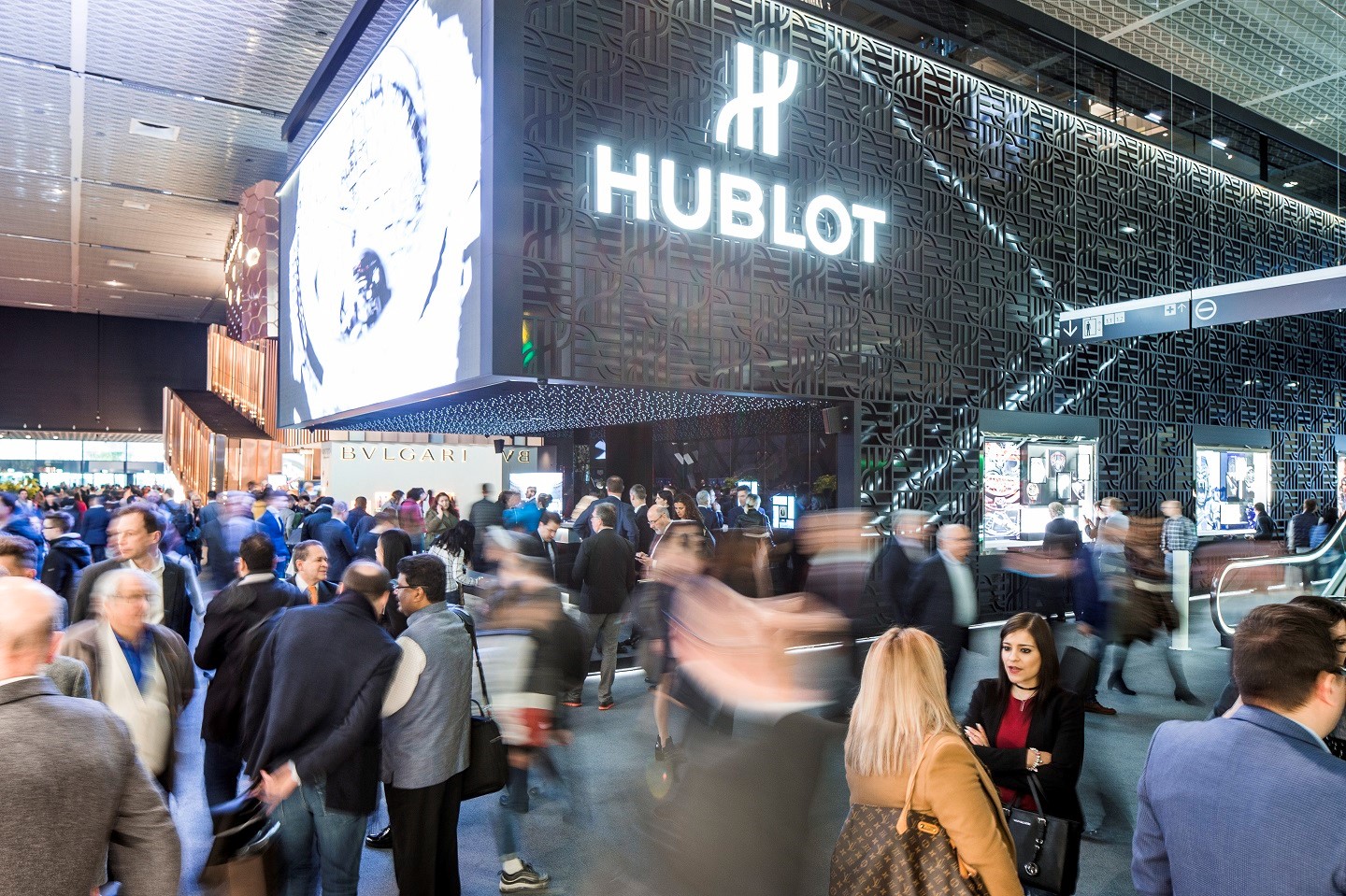
Baselworld 2018 may have been the smallest installment of the famous and historic watch trade show aBlogtoWatch has ever gone to, but for me personally it was among the most positive ones. In addition to a bounty of value-laden watches and positive executive management direction trends, we are starting to see an industry slowly find its footing again. For years after the 2008 financial crisis the watch industry had been able to stave off serious down-sizing and fundamental reorganization thanks to bubble markets (namely China and other parts of Asia). After China’s luxury watch consumption growth slowed to a halt (thanks in large part to corruption and tax law reforms) starting a few years ago, the European watch industry as a whole quickly started to realize it needed change in order for there to be a viable future.
At the very same time the introduction of smartwatches and other wearable technology increased the traditional watch industry’s sense of caution. The threat (even potential) of a product that would compete not only for consumer dollars but for basic body real estate space, likely resulted in a serious hesitancy to develop and invest in new traditional wristwatch products. The last few years have seen little evolution among traditional managers but we’ve seen a lot of talent shifting as the old guard of luxury watches is slowly but surely being ushered out in favor of new and hopefully transformational ideas related to marketing, product design, distribution, and use of technology.
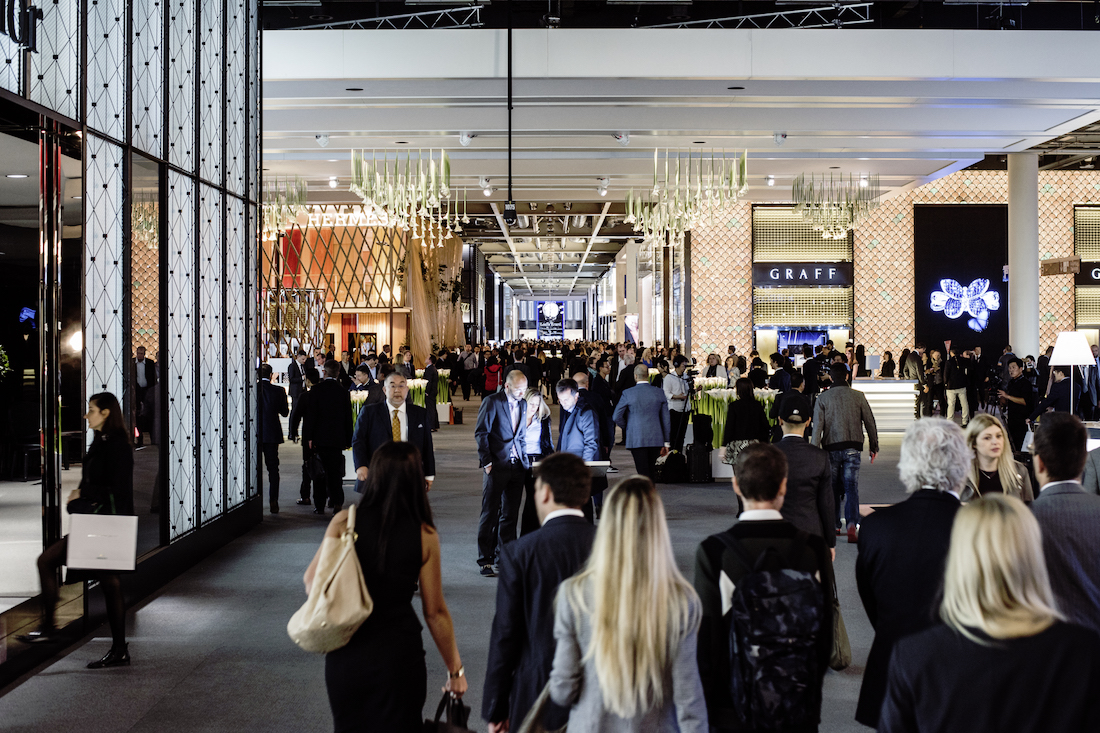
About five years of slowed or negative growth have allowed many watch industry players both large and small to take a step back and fundamentally reevaluate their businesses and strategies. aBlogtoWatch has seen this process play out beginning with traditional managers denying that change is necessary, to adopting short-term “band-aid” measures that rarely resulted in real improvements, to now a wholesale adoption of the notion that the future will be more than likely quite different from the past when it comes to how a traditional watch brand does business.
Adding complexity to the above discussion is the fact that while most areas of the traditional watch industry have been affected by changes to the market, different types of brands have been affected differently. For example, a high-volume production watchmaker might be focused on how to both keep its remaining traditional retailers happy while at the same time investing in a direct-to-consumer sales strategy. Whereas a small production high-luxury watch brand’s issues are less related to pitting various types of sales outlets against one another and more keen to determine how consumers will even learn about their products in the first place.
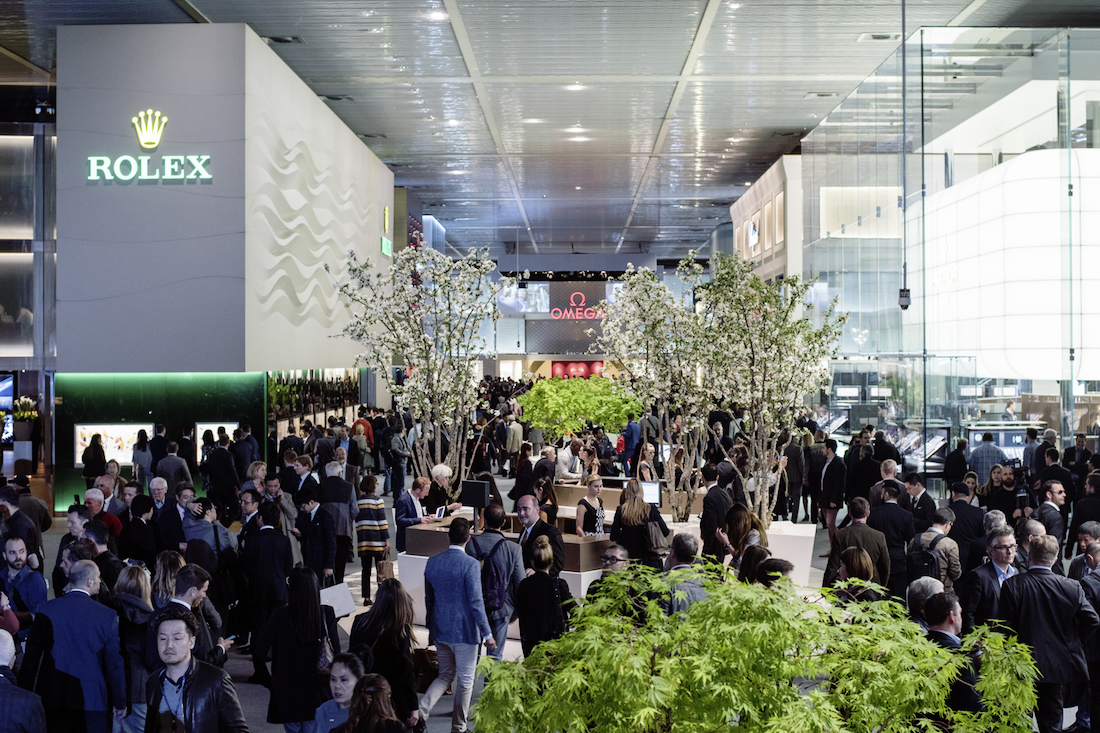
Long-term thinking habits are still outnumbered by managers seeking quick solutions to complicated problems related to how they price their products, get them to market, consumer needs, and communicating to the public. Even though it can take up to a decade to develop and refine a new wristwatch product, we still see managers looking to boost performance over a period of months with often unrealistic goals. The luxury industry does and will continue to attract people seeking quick money and profits, but increasingly, the realities of a well-connected world with many informed consumers prevent the types of clients or market exploitation that allowed for bubble markets and strategies to occur as often.
Getting specific, what industry trends did we see at Baselworld 2018? Before I discuss what we noticed from a product trend perspective I want to say that the greater aBlogtoWatch team was encouraged by what felt like wise pricing policies. While ultra-luxury watches will continue to come with exclusionary pricing designed to keep them solidly placed as status symbols, many, many watches at Baselworld 2018 arrived with sub-$1,000 USD price points. The Swatch Group especially should be applauded for not only having a large selection of “affordable” high-end watches, but also for packing quality design and innovation into those products. I make a point to say that because in recent years the “affordable” options might have been better-priced in comparison to more expensive watches, but more often than not utterly failed to garner interest for collectors or enthusiasts. A lot of watches coming in 2018 are both “enthusiast grade” and well-priced.
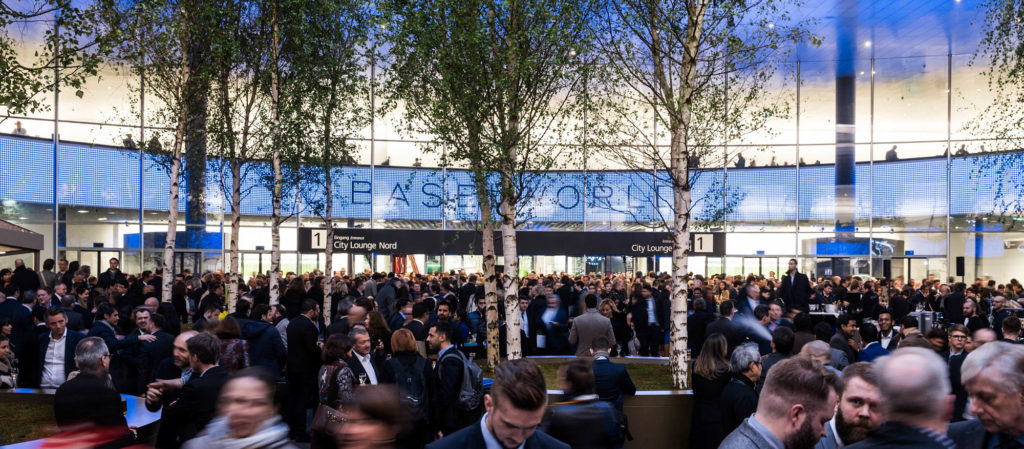
Design innovation is less inspired in 2018. We continue to see people piggyback on the fact that 40-60 years ago the brands they work at seemed to put a lot more effort into watch design than they do today. This means that we continue to see brands choose to reformulate “vintage” designs rather than actually invest design effort (and embrace risk) in something original. Of course there are original products to be found, but most of them aren’t coming from the “big box” names which help push the industry as a whole into new directions.
If you are looking for improvements on existing products and new flavors of existing designs, then Baselworld 2018 products will make you very happy. Some of the best innovations are actually newly upgraded models or the use of new materials which help add new life into aging concepts. Fashionable colors are especially important for the watch industry as the old “black dial standard” is quickly being supplemented with a fresh slew of hues rendered in endless finishes and materials.
Blue was especially prominent in watch product colors and perhaps for good reason. Watch brands routinely report that blue-dialed versions of their watches sell more than other variants, and the market does seem to have a healthy appetite for blue. Gray also continues to be a strong color choice – which comes in a dazzling variety of shades and styles. Even though blue and gray aren’t black and white, they are in many ways just as fashionably safe. The blue-colored watch might be the timepiece industry’s equivalent of a navy-blue sport coat.
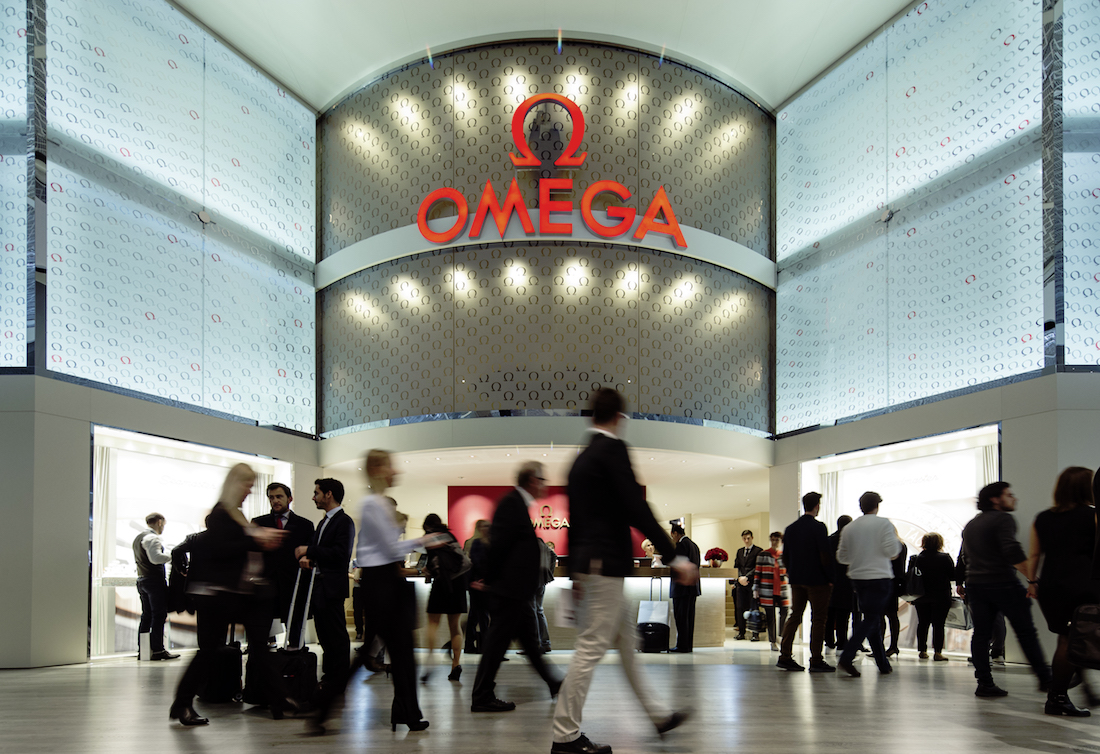
While I am generally happy with the conversations watch brands are having internally about product design, marketing strategy, and overall re-organization, the industry hasn’t quite figured out what sales distribution will look like for them in the future. From a sales-to-end-consumer perspective the industry is still pulled in opposite directions. Those directions are a comfortable reliance on wholesale distribution of watches in bulk to retailers and regional distributors – and the exciting but high-risk strategy of selling products directly to consumers. Many watch brands have attempted to embrace both (meaning that consumers can buy their watches from third-party authorized dealers as well as direct from the company either at brand boutique stores or online), though without both sales models existing in harmony. As the watch industry’s sales professionals still figure out what the future of getting watches into the hands of their customers will look like, conflicts of interest, fights, and confusions abound. What does that mean for a consumer? Simple, it means that after someone gets interested in a watch and wants to learn more or get it, they are often presented with too many or too few convenient options to get that product. This gets serious when a consumer sees multiple prices for the same watch which if too widely spread, prevents them from having the confidence to make a purchase. I fully acknowledge that the industry is in a transitional period so I expect that many of these distribution and sales issues will begin to find successful solutions over the next few years. And now on to the top 10 watches of Baselworld 2018 according to aBlogtoWatch.

